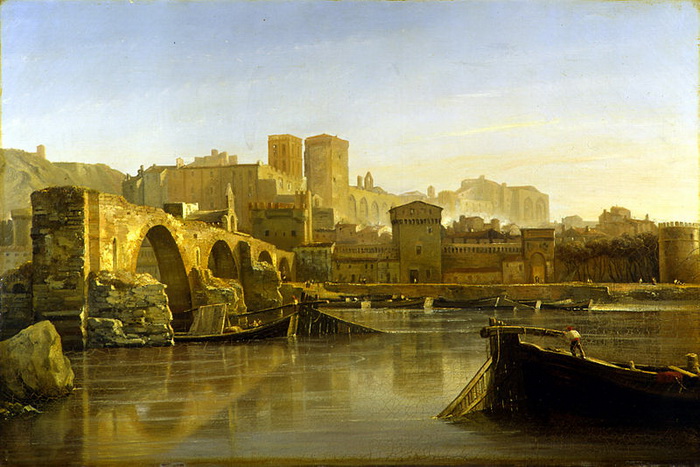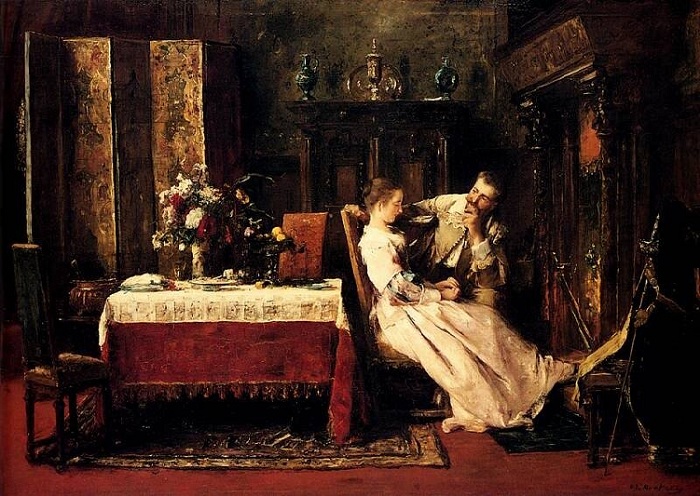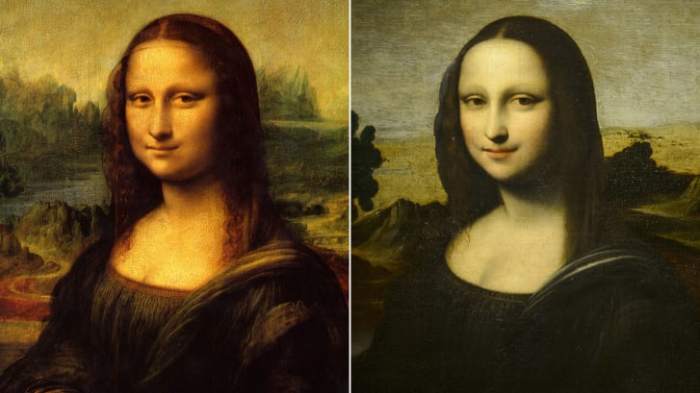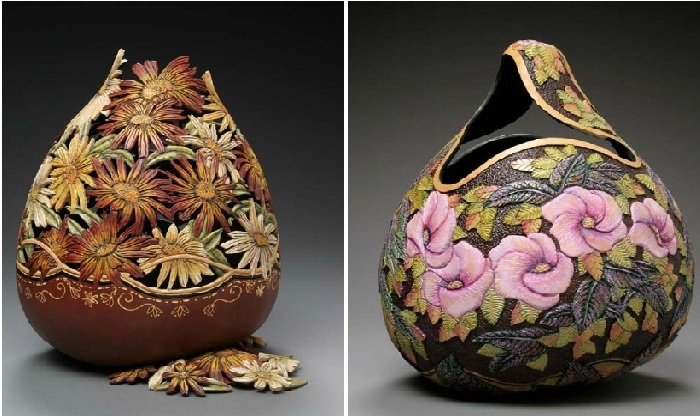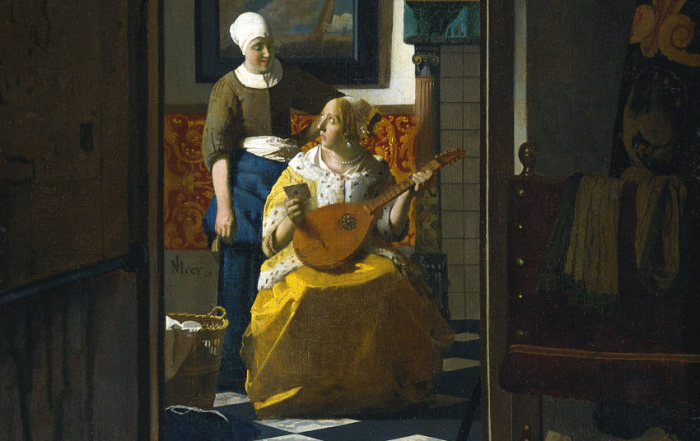canvases
“Love Letter” by Jan Vermeer: Why the lute is central to the picture
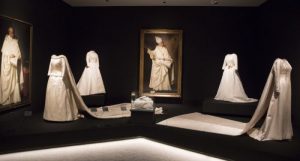 Cristobal Balenciaga once said that “a good fashion designer should be an architect for patterns, a sculptor for form, an artist for design, a musician for harmony, and a philosopher for fit.” And it is not surprising that in the 20th century he ruled high fashion with innovative clothing inspired by unusually traditional Spanish sources. The Basque fashion designer took replicas from regional clothing, folk costumes, bullfights, flamenco dances, Catholicism and, of course, from the history of painting. And in the end, he created what conquered the world for centuries.
Cristobal Balenciaga once said that “a good fashion designer should be an architect for patterns, a sculptor for form, an artist for design, a musician for harmony, and a philosopher for fit.” And it is not surprising that in the 20th century he ruled high fashion with innovative clothing inspired by unusually traditional Spanish sources. The Basque fashion designer took replicas from regional clothing, folk costumes, bullfights, flamenco dances, Catholicism and, of course, from the history of painting. And in the end, he created what conquered the world for centuries.
The Balenciaga collection is full of stocky silhouettes, stooped shoulders and neat trouser lines. But the fashion house today, under the leadership of Demna Gvasalia, represents a completely different aesthetic than what Cristobal himself did during his lifetime. “They cannot be compared,” explains Eloy Martinez de la Pera, curator of the new Balenciaga and Spanish Painting exhibition in Madrid, which combines ninety works of the Balenciaga couture with 56 masterpieces of Spanish painting that inspired the designer. “Balenciaga’s story ended when he stopped making clothes. His story was extremely personal, but today Balenciaga has a completely different story, and it is also worth telling. ” And in order to truly recognize Cristobal himself, it is important to know the key elements of Spanish art that shaped his aesthetic vision. Continue reading
“Love Letter” by Jan Vermeer: Why the lute is central to the picture
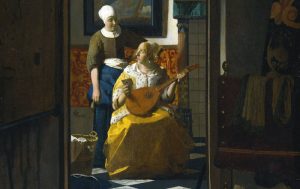 At the first glance at Jan Vermeer’s famous painting “Love Letter”, the name seems far-fetched, because the letter itself is hardly noticeable. But the lute in the hands of a woman plays a much more significant symbolic role. What does the letter contain? And what does the lute matter in the picture?
At the first glance at Jan Vermeer’s famous painting “Love Letter”, the name seems far-fetched, because the letter itself is hardly noticeable. But the lute in the hands of a woman plays a much more significant symbolic role. What does the letter contain? And what does the lute matter in the picture?
Genre painting
The paintings, which allow the observer to look at the everyday life of the depicted people, were especially popular in the XVII and XVIII centuries. They are called genre paintings, and Dutch genre art occupies an undeniable place at this stage in the history of art. A particularly popular topic was symbolism. Pictures depicting love letters can be attributed to a separate category of genre painting. Artists such as Jan Vermeer, Gabriel Metsu and Samuel van Hoogstrate have contributed to the world of art with canvases of this plot. Continue reading
The tragedy of the author of the most famous portrait of Chekhov: How he lost his family and paintings, and why he got to Solovki Osip Braz
 Over several centuries of development, Russian culture has presented the world with a galaxy of brilliant painters, whose works are included in the world treasury of fine art. Among them are distinguished artists and undeservedly forgotten. One of the last is the talented master of the portrait genre Osip Emanuelovich Braz, the author of the famous portrait of A.P. Chekhov from the Tretyakov Gallery. The name of the Russian artist, academician and collector, unlike his creations, few people know for very objective reasons, subject to the trends of the time in which the painter lived and worked.
Over several centuries of development, Russian culture has presented the world with a galaxy of brilliant painters, whose works are included in the world treasury of fine art. Among them are distinguished artists and undeservedly forgotten. One of the last is the talented master of the portrait genre Osip Emanuelovich Braz, the author of the famous portrait of A.P. Chekhov from the Tretyakov Gallery. The name of the Russian artist, academician and collector, unlike his creations, few people know for very objective reasons, subject to the trends of the time in which the painter lived and worked.
Osip Braz in his works masterfully combined realism with elements of impressionism and modernism, he was rightfully considered one of the outstanding Russian portrait painters of the early 20th century. However, the artist fell not only on creative success, career growth and a happy family union, but also false arrest, confiscation of the collection, and years of imprisonment spent on Solovki, and the loss of two sons and the death of his wife, which he only survived for a year. Continue reading
